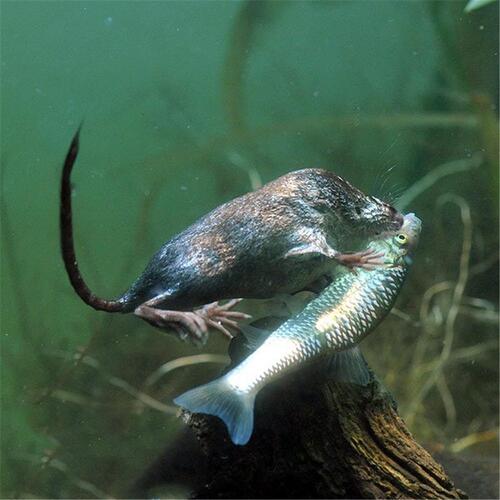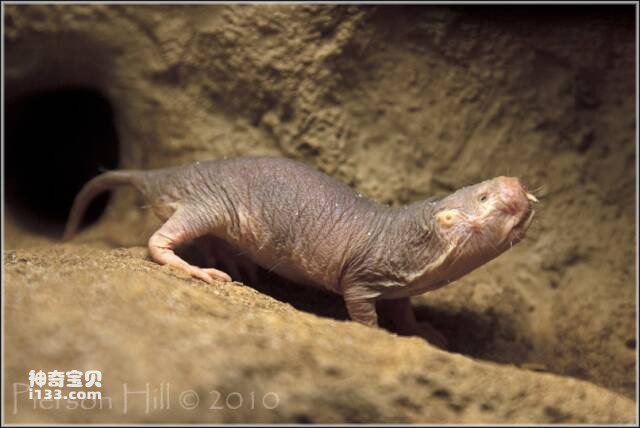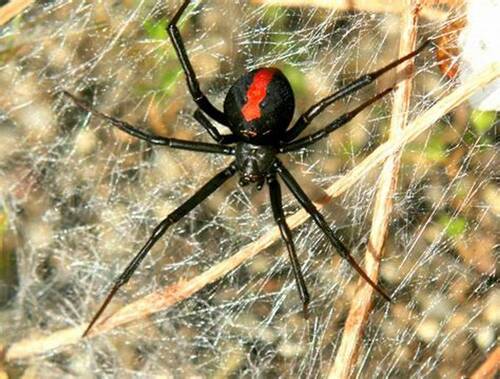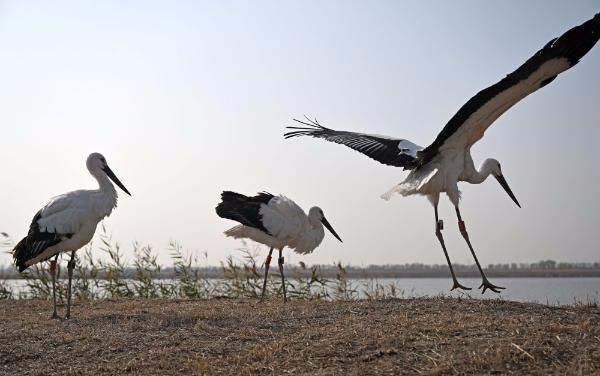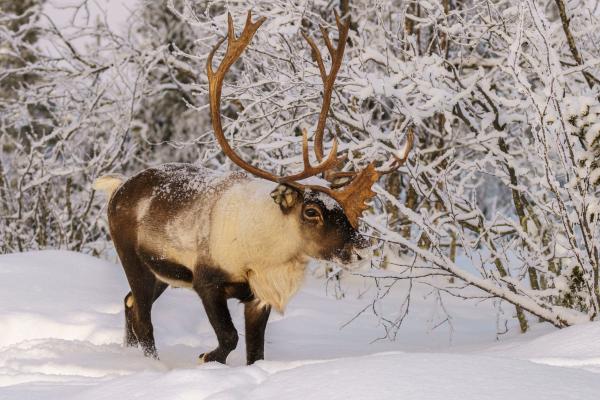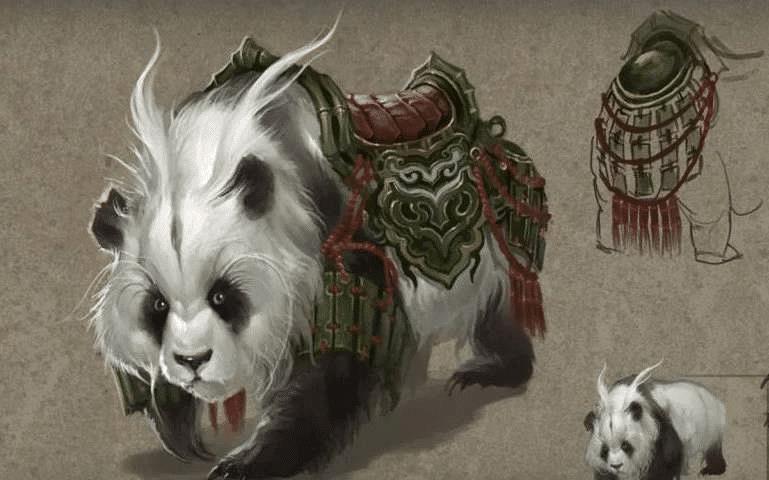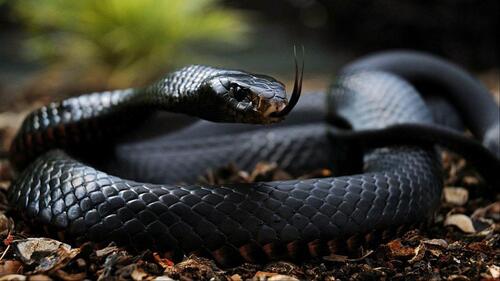1. What is a shrew?
A shrew is a small mammal belonging to the family Soricidae. Although They resemble mice in appearance, but shrews are not closely related to mice. Shrews are known for their tiny size and active lifestyle, usually 4 to 10 centimeters long and weighing only 2 to 15 grams. Shrews are widely distributed in a variety of environments around the world, including forests, grasslands and wetlands. It is especially common in North America, Europe and Asia.
2. Classification of shrews
According to different biological characteristics, the shrew family can be divided into several different species. There are more than 385 known shrew species found in a variety of habitats. Major classifications include:
Water shrews
strong: Lives in wetlands or near water and is good at swimming.
Ground shrews: They live mainly on the ground, relying on grass and rotten leaves for food.
Tree shrews: Good at climbing trees and living near the tree canopy.
3. Unique physiological characteristics of shrews
High metabolic rate: Shrews have a very high metabolic rate and need to eat nearly their own body weight every day, otherwise they will die from lack of energy. Their heartbeat and breathing rates are very fast. , the heart rate can even reach more than 1,000 beats per minute.
Toxic saliva: Some species of shrews have highly toxic saliva that can paralyze captured prey. This feature makes them very effective in hunting insects and small vertebrates.
Extensive antennal perception: Shrews have well-developed antennae that help them find their way around in dark and complex terrain. Food, even in underground caves without light can accurately capture prey.
4. Life habits of shrews
Active day and night : Shrews are diurnal animals, constantly foraging for food both day and night. Due to their high metabolic rate, they cannot rest for long periods of time and usually need to eat every few hours.
< strong>Diet: Shrews feed mainly on insects, worms, and small invertebrates, and will also prey on some small vertebrates such as frogs, lizards, and even mice. Their feeding habits are important for controlling the population of insects and other pests. It plays an important role.
Territoriality: Shrews have a strong sense of territory. Each shrew will maintain its own territory to prevent invasion by other shrews. If the resources in the territory are sufficient, they Will form a stable social structure.
5. Ecological value of shrews
Pest controller: Shrews play an important role in nature as "pest controllers". Since their diet consists mainly of insects and small pests, shrews help reduce pests in farmlands, forests and grasslands. This makes them an important part of maintaining the natural balance of the ecosystem.
Nutrient cycle accelerators: Shrews are not only insect predators, they also speed up the decomposition of organic matter. Shrews dig up decaying plants and animal carcasses, which returns nutrients to the soil more quickly and promotes plant growth.
6. Conservation status of shrews
Due to the individual Very small and hidden, so their preservationConservation work has not received enough attention. However, the habitats of some shrew species around the world are gradually decreasing due to human activities (such as agriculture, urbanization and deforestation), which poses a threat to their survival.
The World Conservation Union (IUCN) lists many shrew species as "least concern", but some species face varying degrees of threats or are even endangered. Therefore, protecting shrew habitats and reducing interference from human activities are important tasks in future shrew conservation work.
7. Relationship between shrews and humans
Although shrews rarely come into direct contact with humans, their role in maintaining biodiversity and ecological balance cannot be ignored. Shrews are beneficial to humans, especially in agricultural environments, where they can reduce the number of pests and improve crop production efficiency. In addition, shrews are also an important food source for some birds, snakes and other predators, indirectly contributing to the stability of the food chain.
8. Breeding process
The breeding process of water shrews is similar to that of many small mammals, but there are some unique features of the breeding behavior due to their habitat and behavioral characteristics. The following is a detailed description of the breeding process of water shrews:
8.1.Breeding season
The breeding season of water shrews usually occurs from spring to autumn, usually from April to September. In the warm season, water shrews breedThe activity is most active during the breeding season, because food resources are abundant and environmental conditions are more favorable.
8.2.Mating process
During the breeding season, male and female water shrews attract each other through smell and calls and begin to look for mates. Male water shrews have a strong sense of territory, but during the breeding season, they will actively look for females.
Scent marking: Water shrews mark their territory by secreting scent and use the scent to attract potential mates. Females also leave scent clues to help males find them.
Courtship Behavior: Males attempt to attract females through a range of courtship behaviors, including chasing, display, and specific calls. If the female is receptive to the male, they mate.
8.3. Pregnancy and Gestation
The gestation period of water shrews is relatively short, typically 13 to 28 days, depending on the species and environmental conditions. Due to their small size and fast metabolism, gestation needs to be completed quickly to ensure they can reproduce under predation pressure.
8.4. Baby Birth
Water shrews usually give birth to 4 to 10 pups per litter, sometimes even more. The pups are very weak at birth and completely dependent on their mother's care. They are usually born in a burrow or nest, which is usually located in a moist place, such as near the shore of a river or lake, to provide a stable environment and food source for the pups.
When the pups are born: The pups are blind and hairless at birth, extremely small in size, and rely on breastfeeding for nutrition. Female water shrews will do their best to protect and care for their pups until they can move independently.
8.5. Nursing and Growth
The pups usually develop rapidly within a few days after birth, and the mother shrew provides them with abundant milk. Over time, the pups begin to grow hair, open their eyes, and gradually become more mobile.
Weaning: Water shrews are weaned after about 3 to 4 weeks. At this time, the pups begin to try to catch solid food and gradually learn to hunt independently.
Growth and Independence: Shortly after weaning, pups begin to gradually separate from their mother's care, explore their surroundings and forage for food on their own. Pups are generally fully independent and capable of reproduction 2 to 3 months after birth.
8.6.Frequency of Reproduction
In warm seasons, water shrews can reproduce several times per year. Due to their short lifespan (usually only 1-2 years), they have a high reproduction rate to maintain the population. Female shrews can mate and become pregnant again quickly after giving birth once during the breeding season, so multiple pups may be born in one breeding season.
8.7. Challenges of survival of young
Although water shrews have a high reproduction rate, the mortality rate of young is also high. Due to their small size, young are vulnerable to natural enemies such as snakes, birds of prey, and large fish. In addition, environmental changes such as flooding and food shortages can also affect the survival rate of young. Therefore, water shrews rely on a high reproduction frequency to ensure the survival of the population.
The reproduction process of water shrews has typical characteristics of small mammals - rapid reproduction, short gestation period, large number of young, and rapid growth. Their reproductive strategy helps to maintain the stability of the population in the face of high predation pressure and short life cycle. At the same time, the care that water shrew mothers provide to their young, as well as their young's rapid growth, ensure that they have sufficient competitiveness to survive in the natural environment.


